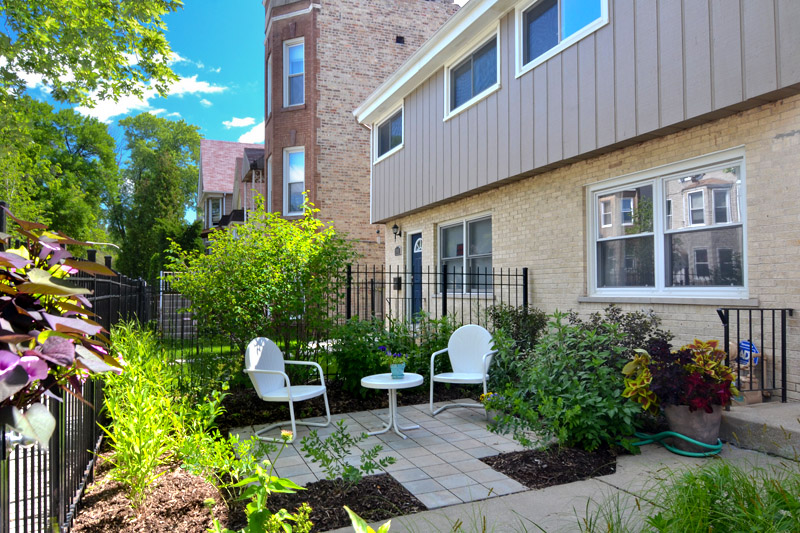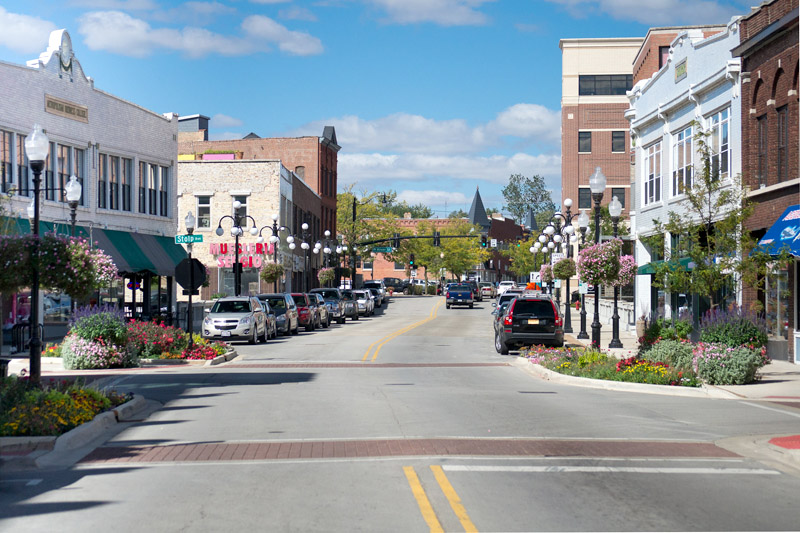The Green Values® Stormwater Management Calculator is designed to help plan green infrastructure solutions to prevent flooding for single buildings or larger neighborhood and community scale efforts. The calculator is for planners, landscape architects, municipal staff and homeowners to explore value of green infrastructure.
Green infrastructure for stormwater management is an important contributor to both climate mitigation and adaptation. However, various barriers have stood in the way of its full implementation, and it is rarely applied at scale. One of the most significant barriers to green infrastructure installation is a lack of understanding and reliable documentation of the benefits that it provides. Some types of co-benefits are well-understood, and existing tools, such as this one available to estimate these benefits. Most significantly, one potentially very important co-benefit of green infrastructure – its impact on property values – is under-researched, until now.
CNT has researched and found a clear link between green infrastructure and property values. This will help to allow municipalities, organizations, advocates and residents to go beyond small-scale applications of green infrastructure and make green infrastructure a central part of how communities become more resilient to climate change.

Calculate the impact and benefits of green infrastructure to prevent flooding for single residences to learn:

Define multiple buildings to calculate how green infrastructure can solve flooding at a neighborhood-scale.

Estimate the impact green infrastructure can have to adress flooding over a large area like a county or township.
Green infrastructure is a critical part of a sustainable city and region for a number of reasons: